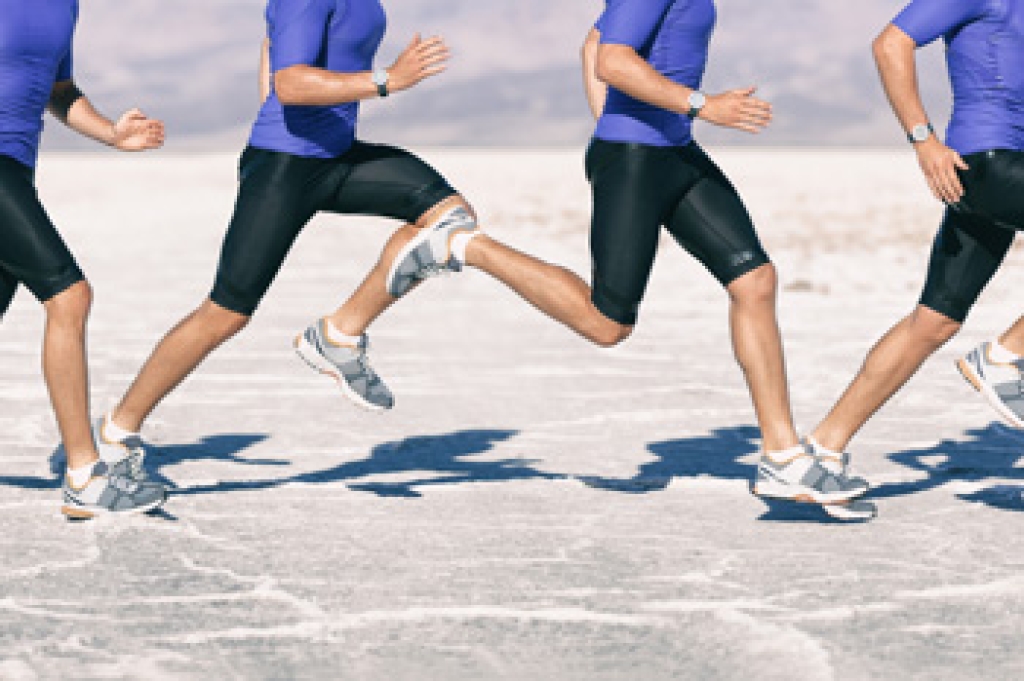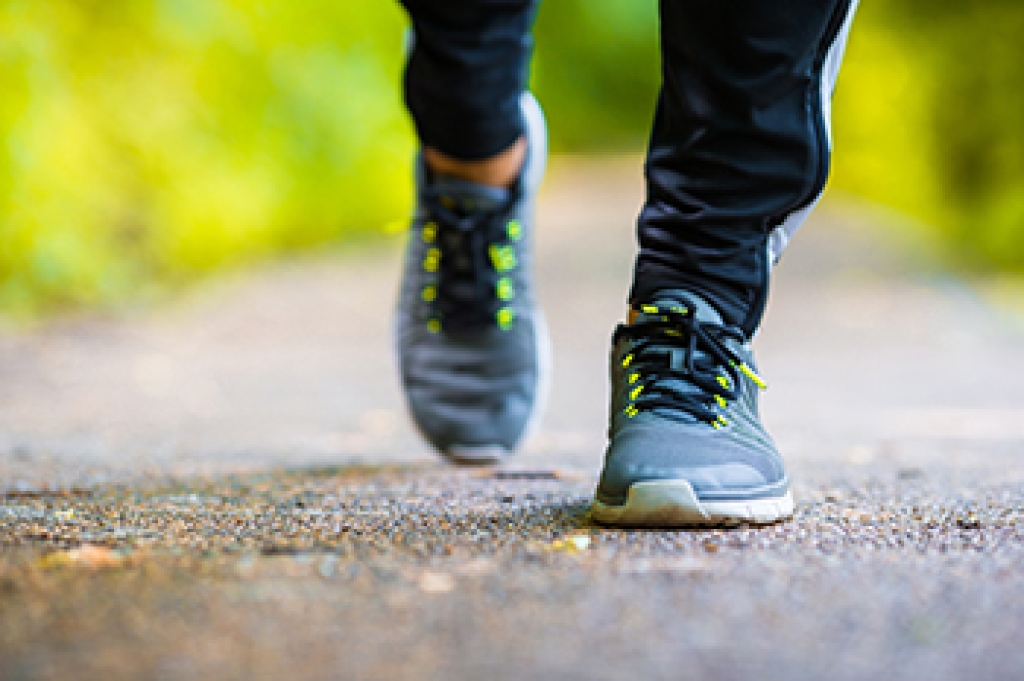 Biomechanics is the study of structure, function, and motion in a biological system, such as the feet. One area of biomechanics that chiropodists can help with is your gait or walking pattern. Many people are unaware of individual differences in how their feet move when they walk or run. By knowing more about your own unique gait, you may be better able to find foot care practices, shoes, and orthotics that suit the needs of your feet. Generally speaking, a person’s gait is often classified based on the foot’s motion while walking or running. An over pronated gait, common in people with flat feet, refers to a walking pattern where the feet roll too far outwards. An under pronated gait refers to a walking pattern where the feet roll too far inwards. A neutral gait refers to a normal walking pattern. To learn more about foot biomechanics, please consult with a chiropodist.
Biomechanics is the study of structure, function, and motion in a biological system, such as the feet. One area of biomechanics that chiropodists can help with is your gait or walking pattern. Many people are unaware of individual differences in how their feet move when they walk or run. By knowing more about your own unique gait, you may be better able to find foot care practices, shoes, and orthotics that suit the needs of your feet. Generally speaking, a person’s gait is often classified based on the foot’s motion while walking or running. An over pronated gait, common in people with flat feet, refers to a walking pattern where the feet roll too far outwards. An under pronated gait refers to a walking pattern where the feet roll too far inwards. A neutral gait refers to a normal walking pattern. To learn more about foot biomechanics, please consult with a chiropodist.
The biomechanics of your feet play an important role in your foot health. To learn more, please consult with one of our chiropodists from West Toronto Foot & Ankle Clinic Inc. . Our chiropodist can help you maintain the health of your lower limbs and your mobility.
Foot biomechanics refers to the study of the structure, function, and motion of the feet. The feet and ankles are a complex system consisting of many bones, joints, ligaments, muscles, and tendons that work together to move your feet. Understanding the unique biomechanics of your own feet can help you and your chiropodist make informed decisions about your foot health care. This includes decisions about the best preventive measures to avoid foot pain, the best treatment options for various foot problems, and finding the best shoes for your feet.
If you have any questions please feel free to contact our office located in Toronto, ON .


 Heel pain
Heel pain
